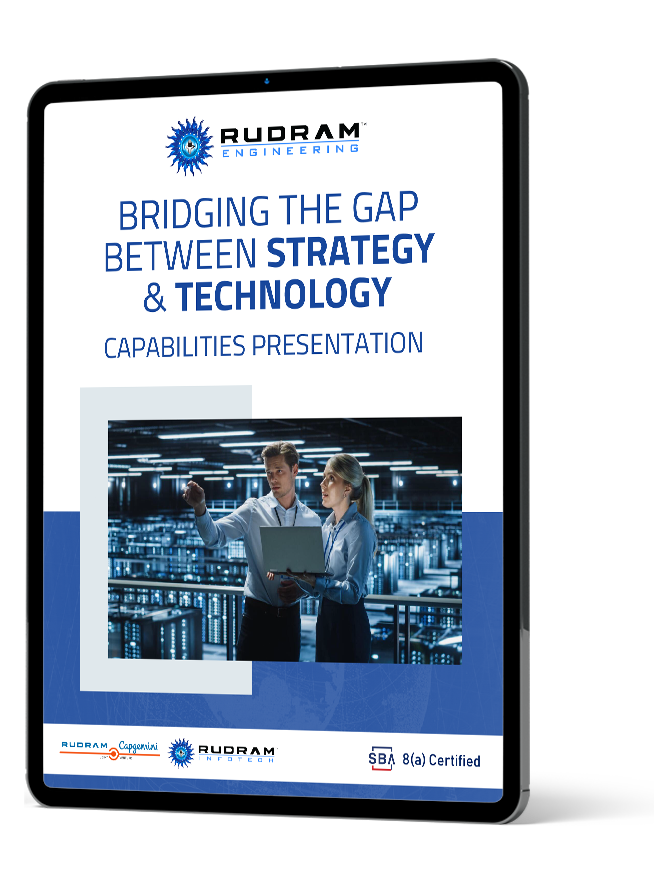Cloud migration is no longer just an IT initiative, it’s a strategic enabler of enterprise-wide digital transformation. Organizations across industries are moving away from rigid, legacy infrastructure and embracing the cloud to unlock agility, cost efficiency, security, and innovation. But achieving these outcomes depends largely on how the migration is executed.
That’s where managed cloud migration services come in. By outsourcing the planning, execution, and optimization of cloud adoption to specialized experts, businesses can fast-track transformation while avoiding common risks.
Managed cloud migration services provide a structured, end-to-end approach to moving data, applications, and systems to the cloud. This typically includes:
Rather than reinventing the wheel internally, companies can rely on proven frameworks and deep technical expertise to ensure a smooth transition.
Managed services reduce migration timelines by leveraging automation, playbooks, and prebuilt tools. Teams avoid delays caused by trial-and-error, manual configuration, or skills gaps.
Critical systems can’t afford prolonged outages. Managed providers use phased migrations, real-time replication, and rollback strategies to maintain operational continuity throughout the process.
Modern cloud architectures offer built-in security features like identity management, encryption, and continuous monitoring. A managed service ensures these are integrated from the start using DevSecOps practices.
Migrating to the cloud isn’t just about moving infrastructure, it’s about optimizing it. Managed migration often includes re-architecting legacy systems into microservices, leveraging containerization, and implementing CI/CD pipelines.
Industries such as defense, transportation, aerospace, and healthcare face strict compliance mandates. Managed providers help enforce governance, ensure traceability, and generate audit-ready documentation throughout the migration lifecycle.
DIY cloud migrations may seem cost-effective, but they often lead to:
Without the right technical guidance, organizations risk failed migrations or costly rollbacks that negate any early advantages.
When dealing with safety-critical or mission-critical systems, migration isn’t just a technical challenge, it’s a business risk. That’s why many organizations partner with engineering firms that specialize in regulated environments and complex legacy ecosystems.
Rudram Engineering offers managed cloud migration services tailored to sectors where uptime, traceability, and compliance are non-negotiable. Using a model-based systems engineering (MBSE) approach, Rudram ensures that even deeply embedded legacy systems are migrated securely, efficiently, and without compromising operational integrity.
From re-architecting real-time control systems to deploying secure DevSecOps pipelines, Rudram brings cloud-native agility to environments where failure simply isn’t an option.
Digital transformation doesn’t begin with new tools, it begins with a strategic shift away from outdated infrastructure. Managed cloud migration services provide the expertise and structure needed to modernize legacy systems, adopt cloud-native capabilities, and meet evolving business demands without compromise.
Looking to Modernize with Minimal Risk?
Rudram Engineering delivers secure, compliant, and future-proof cloud migration solutions for industries that can’t afford to fail. Learn more about how we help organizations accelerate their digital transformation one system at a time.

Rudram Engineering Inc. (REI) is a well-known pioneer in software systems engineering, recognized for its creative solutions and the latest cutting-edge technologies. By focusing its resources on developing cloud-based technologies, REI further employs the power of DevSecOps to build security into the software development life cycle. The company also adopts Agile software development methodologies to be flexible, effective, and quick in delivering quality software solutions. Rudram Engineering Inc. is a name that epitomizes quality with innovation; it establishes new yardsticks in the industry with solid, scalable solutions that meet the dynamic demands of engineering.
As software becomes more complex, the need for thorough testing increases. In 2025, advancements in automated testing, AI-powered testing tools, and continuous quality assurance are expected to play a major role in ensuring reliable software delivery.
Actionable Insight: Thorough testing is essential to ensure that your software meets customer expectations and performs reliably. At Rudram Engineering, we employ comprehensive testing protocols to ensure every product we deliver is both robust and secure, minimizing bugs and maximizing customer satisfaction.
Rudram’s commitment to excellence, transparency, and customer satisfaction sets them apart. They maintain strategic partnerships to harness cutting-edge technologies and expand their capabilities, ensuring that clients receive the best possible solutions.
No-code and low-code platforms are gaining momentum as businesses seek faster, more accessible ways to develop software. These platforms allow individuals with little to no programming experience to build functional applications, reducing the time and cost of development.
Actionable Insight: Incorporating no-code or low-code platforms can speed up your application development, especially for simple or routine tasks. Rudram Engineering leverages these tools when appropriate to accelerate delivery without sacrificing quality or flexibility.